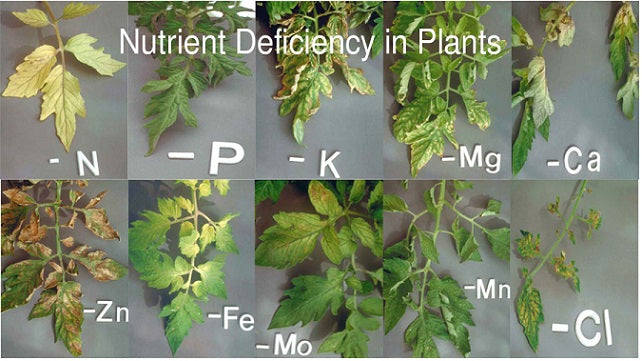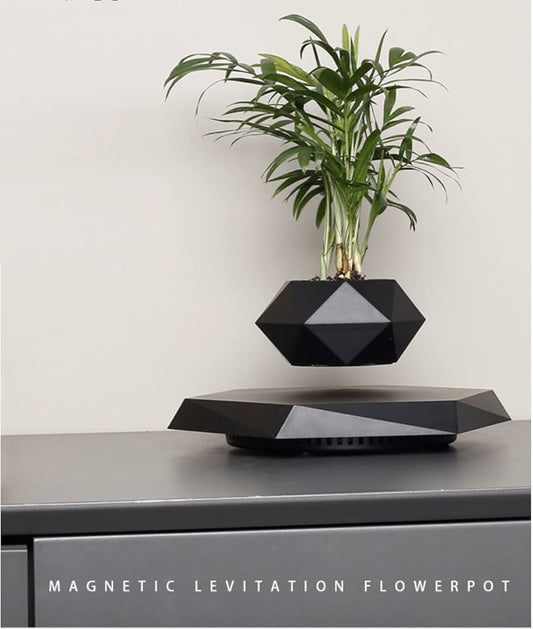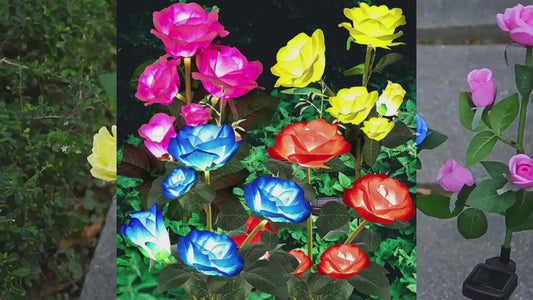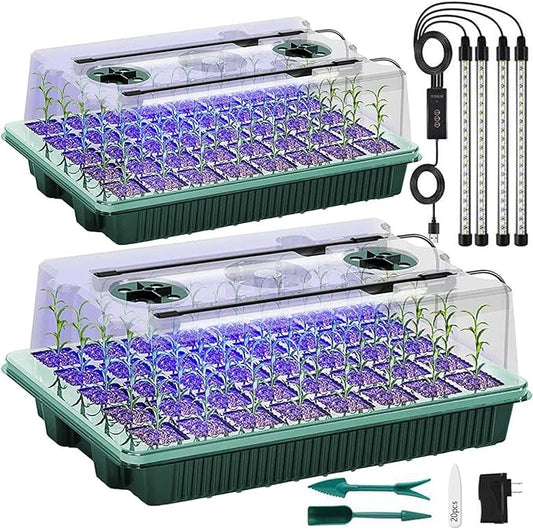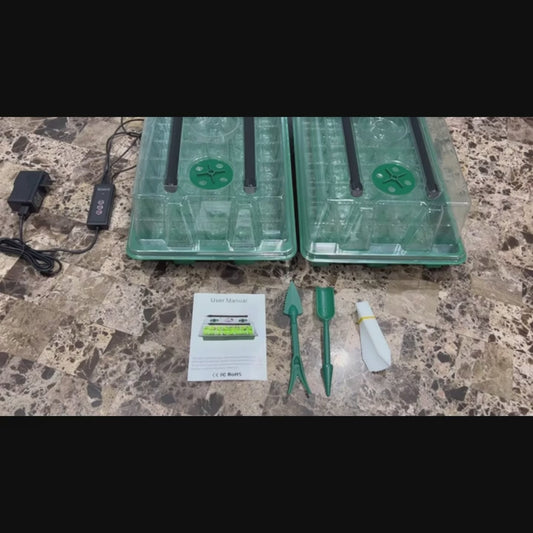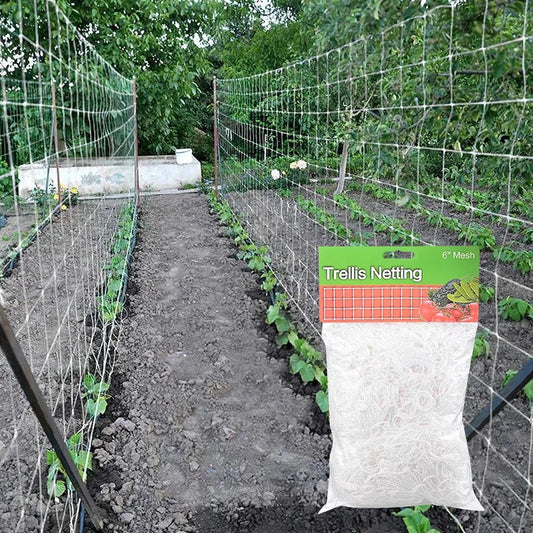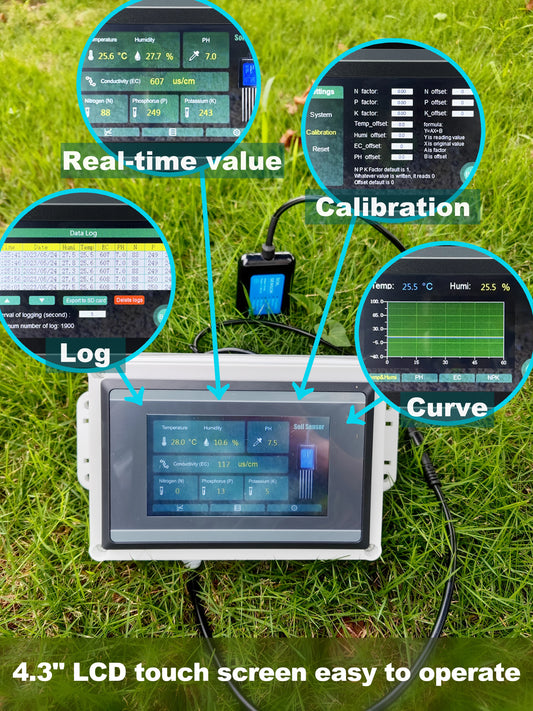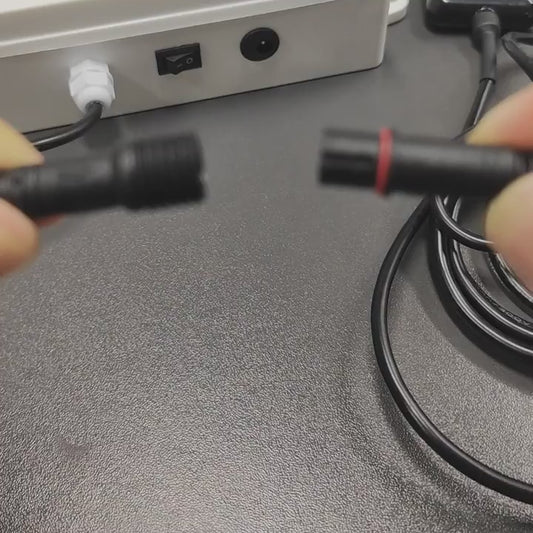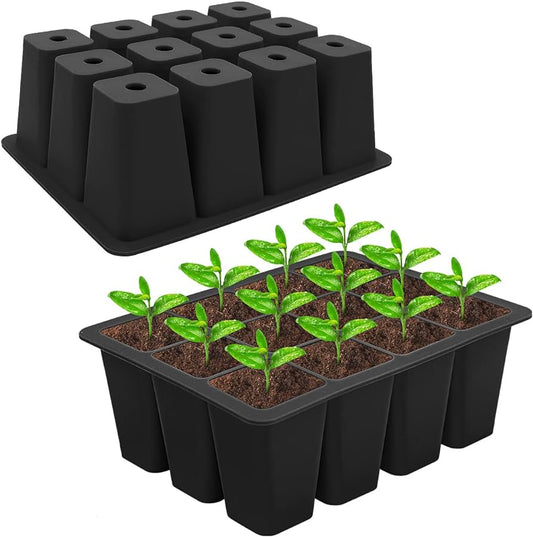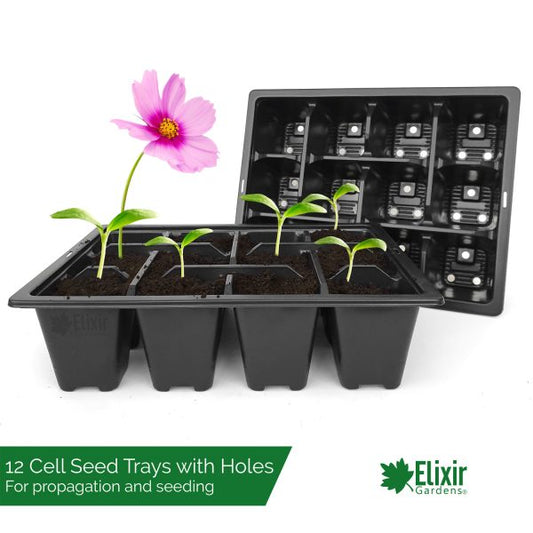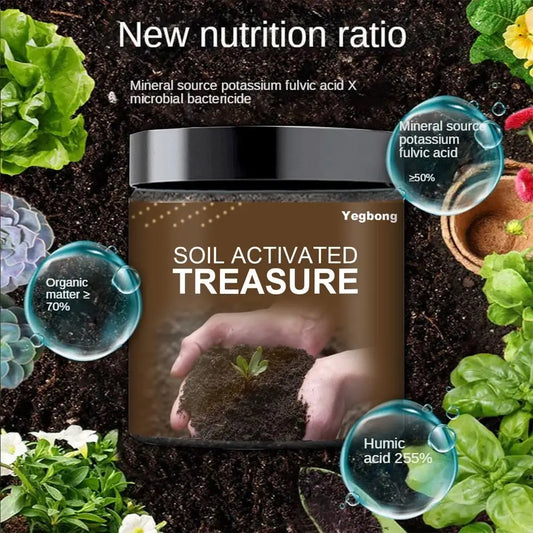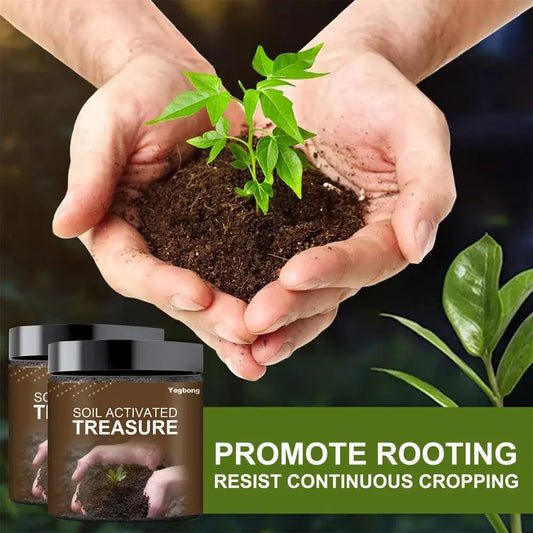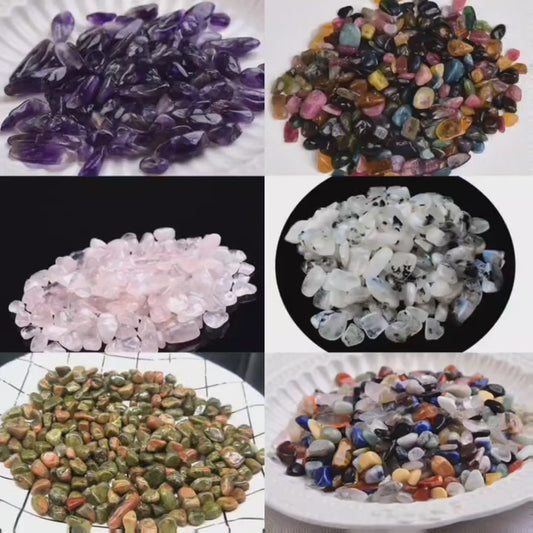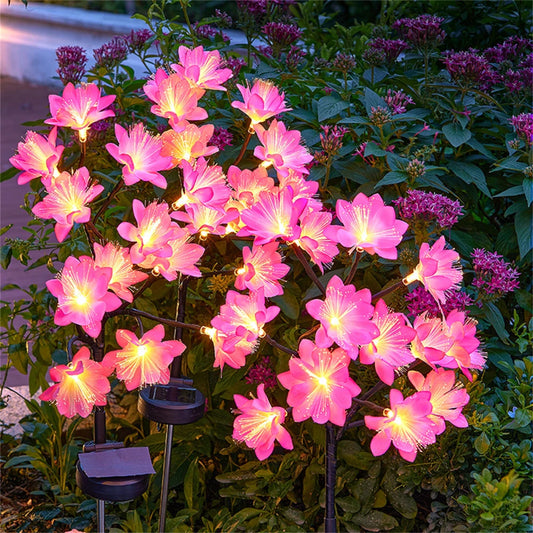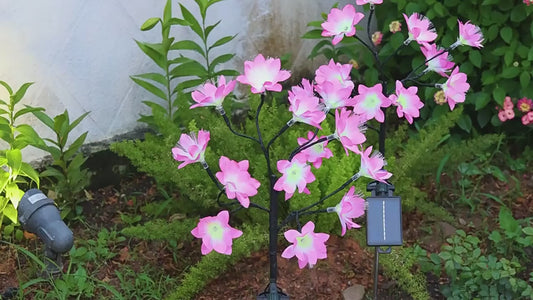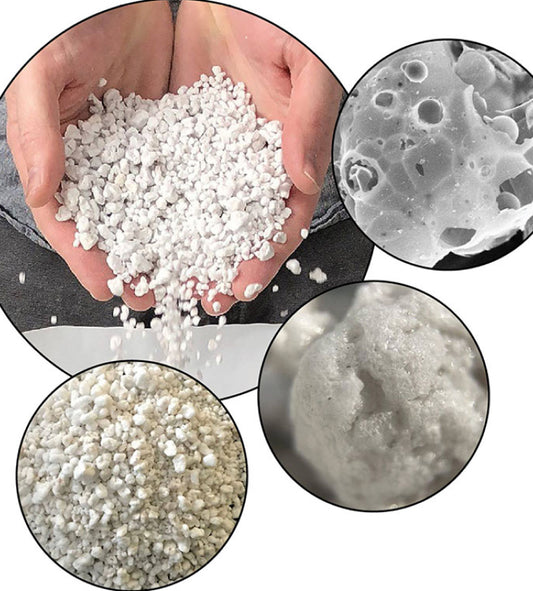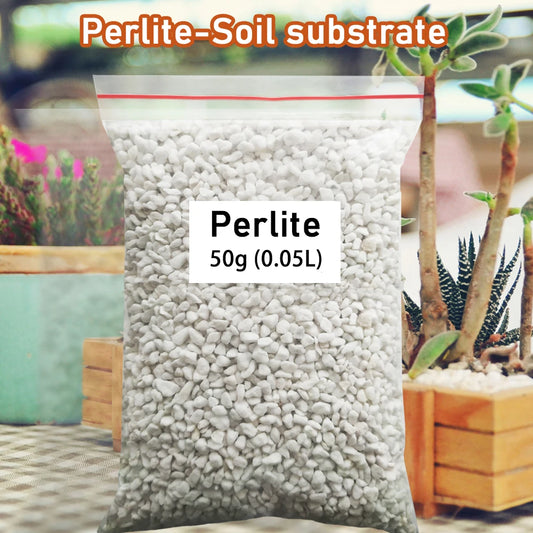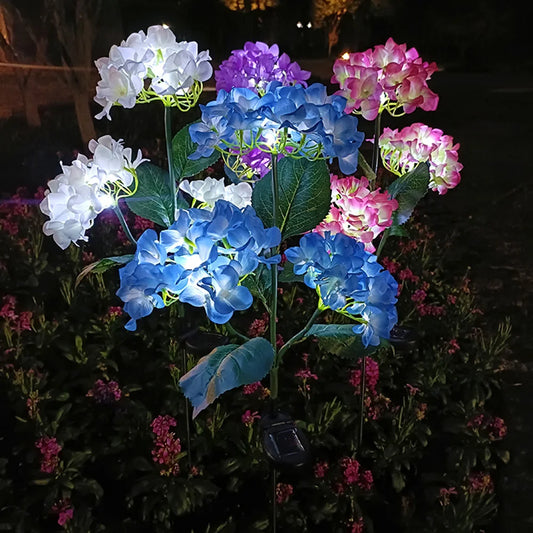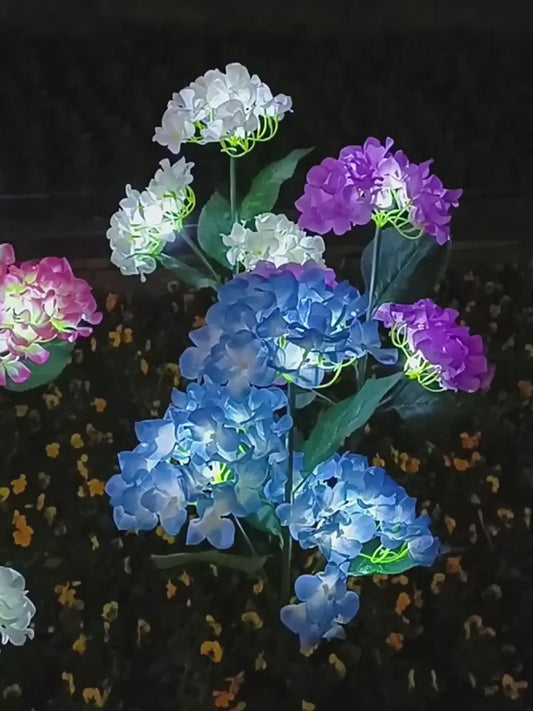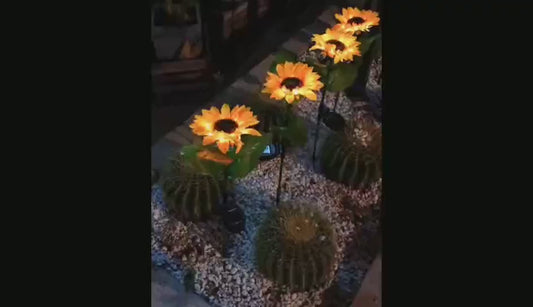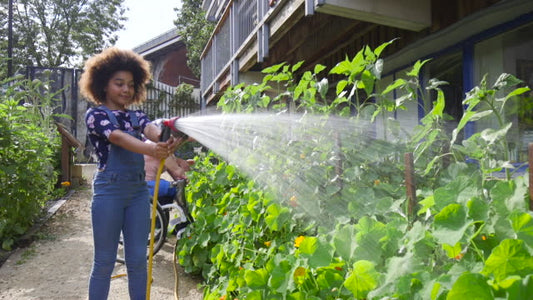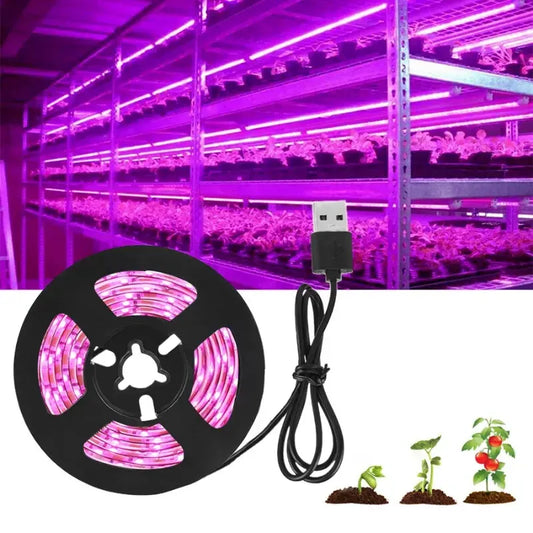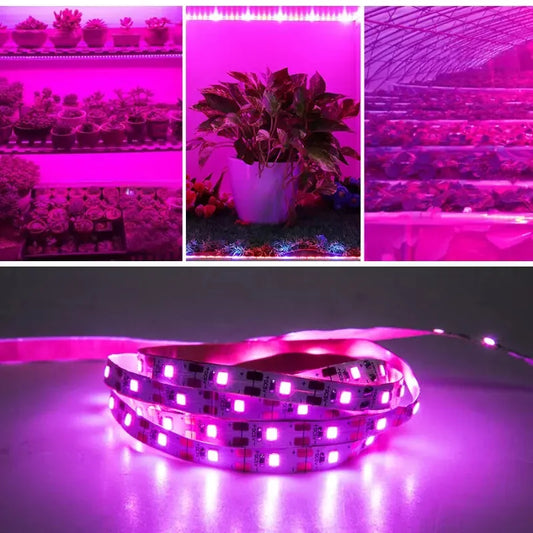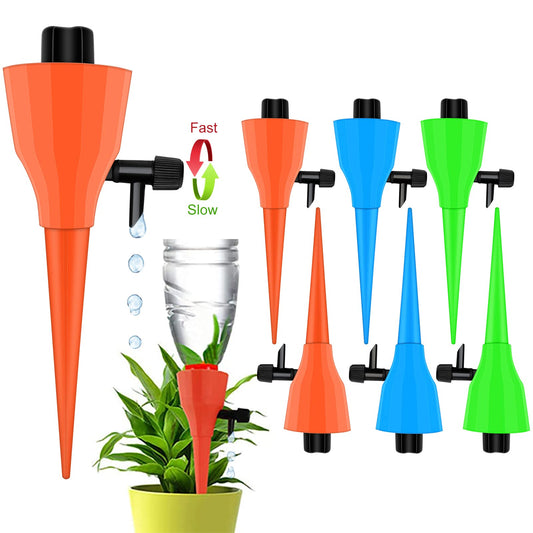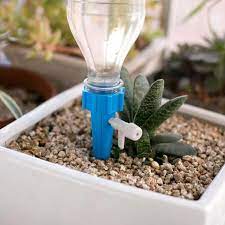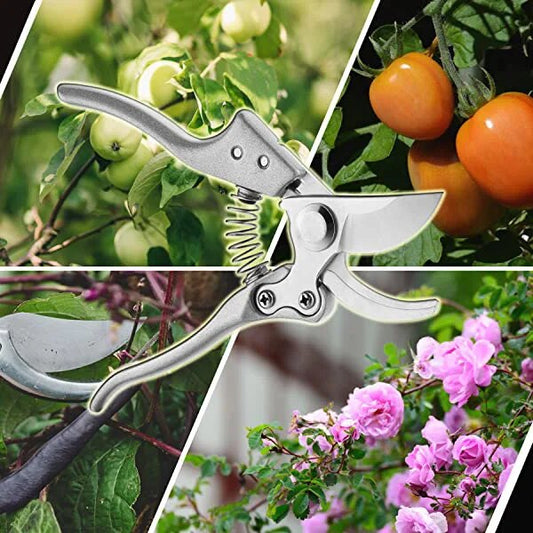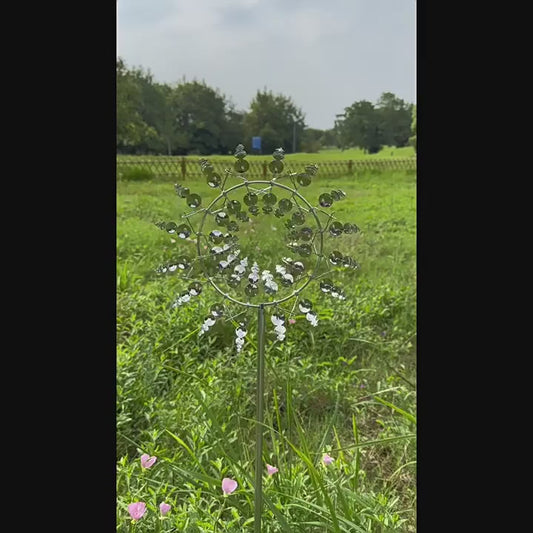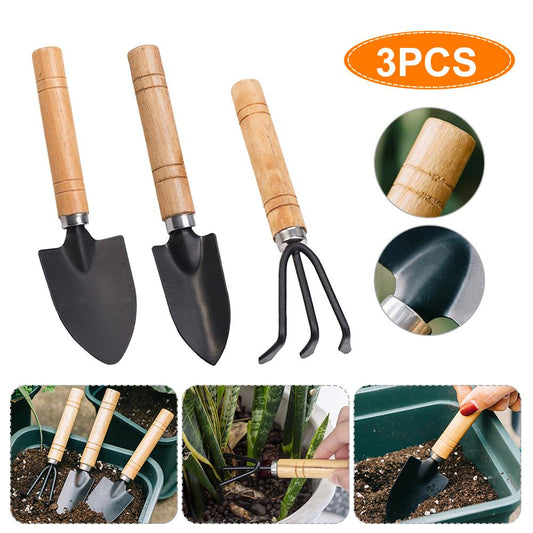Plant nutrition is divided into 3 main categories based on plant needs:
Macronutrients: Nitrogen, phosphorus, and potassium
Secondary nutrients: Calcium, magnesium, and sulfur
Micronutrients: Manganese, zinc, copper, iron, boron, molybdenum, and trace amounts of others micronutrients leads to healthy plant growth, high yields, and high nutrient content are all heavily dependent on soil nutrition. When plants receive adequate nutrition, they grow strong, have good resistance, produce high yields, and are rich in nutrients. However, we do not always provide plants with all the nutrients they need, and nutrient deficiencies often manifest themselves in the leaves, which we can recognize. Here are some signs of nutrient deficiencies:
1. Nitrogen: When nitrogen is deficient, plants will show signs of poor growth, weak stems and branches, few branches and shoots, young leaves that are thin and pale, and yellowing and early leaf drop.

2. Phosphorus: Typically, you can tell if a plant is deficient in phosphorus when its leaves turn a darker green than usual and then turn red or purple. In some cases, the stems will also turn purple.

3. Potassium: Plants that are deficient in potassium will have many yellow leaves. The leaves will turn yellow from the edge to the inside, and yellow spots, slightly reddish-brown spots will appear, many leaves will tear and die.

4. Calcium: When plants are deficient in calcium, the new young leaves will be deformed and have an abnormal dark green color. In severe cases of calcium deficiency, young shoots can easily die, leaves can curl, and fruit can crack.

In addition, calcium deficiency can also have a significant impact on fruit production. Fruits are more likely to crack or be damaged, as is often seen in tomatoes.

5. Magnesium: Magnesium deficiency also causes yellowing of leaves, similar to phosphorus deficiency. However, with phosphorus deficiency, the leaves turn yellow from the edge to the inside, while with magnesium deficiency, the leaves turn yellow in the area between the veins, and the edges of the leaves will still be green. When magnesium deficiency persists, the entire leaf will turn yellow and fall off early. The number of fruit pods is small, the fruit is small and less sweet.

6. Sulfur: The signs of sulfur deficiency are most evident when looking at the leaves at the top of the branch or the tip of the plant. In this case, young leaves lose their normal green color, turning yellow or white, and the leaves are thinner than healthy plants. The veins and leaf blades are all discolored. The edges of the leaves curl inward and tear easily.

Micronutrient deficiencies are rare in soil-grown plants, but they are more common in hydroponics. However, I will write another article about nutrient management in hydroponic systems.
If your plants are weak, stunted, or showing signs like the ones above, please refer to the article "Supplementing nutrients for soil".
In addition, there are many other factors that can affect plant growth, such as: amount of water, temperature, humidity, seeds, soil condition, lack of sunlight, soil Ph, disease and pests.
Feel free to contact us directly via Facebook or WhatsApp, we will be glad to discuss gardening needs with you.

